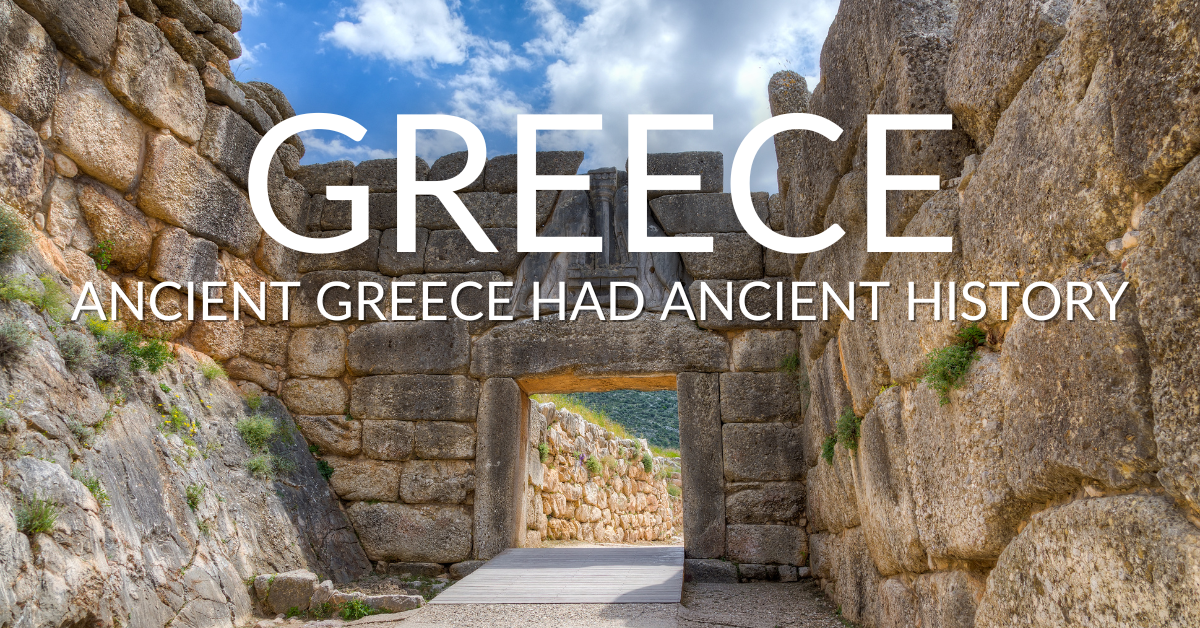The ruins of the city of Mycenae – located in the Peloponnese, in the south of the Greek mainland – represent an entire civilizations that flourished in the second millennium BCE (1000-2000 BCE). And dominated the Greek landscape in times that date back to the fall of Troy. Back to what was ancient history even as the Ancient Greeks, like Homer, were telling stories about it.
Have you heard of King Agamemnon? He was a mythical king – and the brother-in-law of the famous Helen of Troy. Who may not have been so Mythical. Mycenae is where he is purported to have ruled. The Mycenaean culture is sort of a pre-Greece to the Ancient Greeks. By the time of Herodotus, this was already long deserted and almost a thousand years old. But, for a long time – long before the dominance of Greek city-states like Athens and Sparta – the Mycenaean culture dominated the Greek mainland.
The well-preserved city is, frankly, amazing. Even the Ancient Greeks marveled at it, crediting the creation of the high stone walls to the Cyclops, because they couldn’t otherwise conceive of how it had been done. The architecture is quite different from that of other Greek ruins. There are no columns here! Rather, Mycenae is made up of huge blocks of stone, and – in ways – bears more resemblance to Machu Picchu than to the Acropolis.
There are other benefits to visiting Mycenae, too. Mycenae lies away from the beaten tourist path, which means that visitors will glimpse a part of the country that’s not as familiar with tourists. It’s more authentic, and the people won’t be after getting the most euros out of your wallet; they’ll be genuinely friendly. You can dine out and taste the true flavors of southern Greece. You can buy souvenirs that are truly authentic.
Many people come as a day trip from Athens, because the drive only is about an hour and a half. But if you don’t stay closer to this ancient stronghold, you’re really missing out on the experience. Mycenae is well worth at least a full day to visit – not just for the ruined city, but for the joy of exploring the Peloponnese. Stay somewhere closer, like the Apollon Hotel in Argos, a mere 11km south of the ruins.
And as you’re coming here – or leaving back to Athens – the ruined city of Corinth is well worth a visit. Yes, it’s the place where Saint Paul was sending his many letters to the “Corinthians”. It’s definitely rich in history – and features prominently in the shared knowledge of Westerners.
A visit to Mycenae is truly special. It will be unlike anything else you do in Greece: ancient or modern. So give this ancient-ancient city a chance – and let it amaze you!
